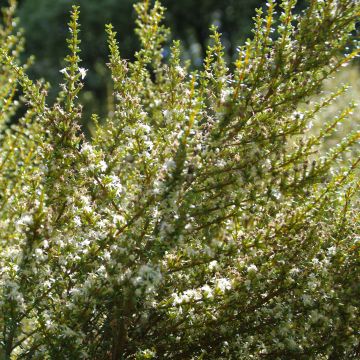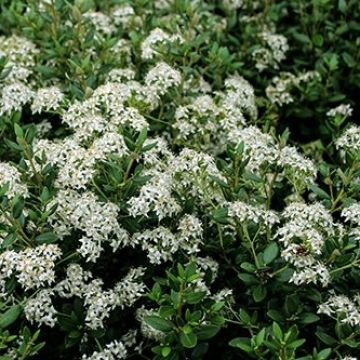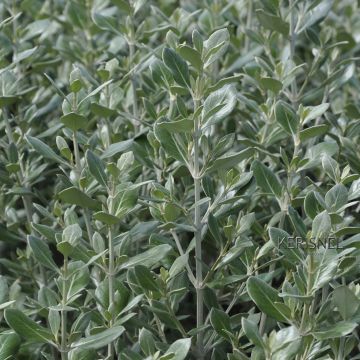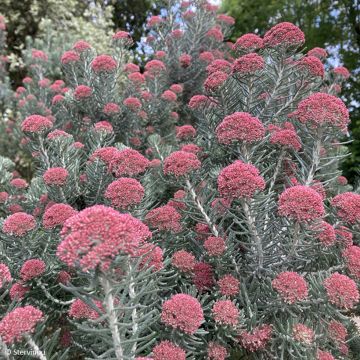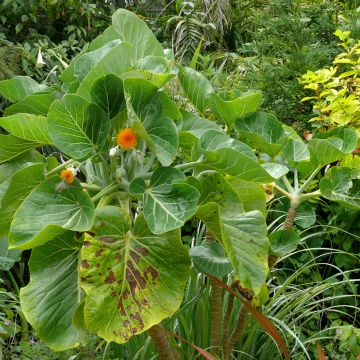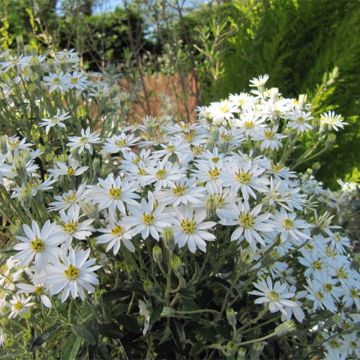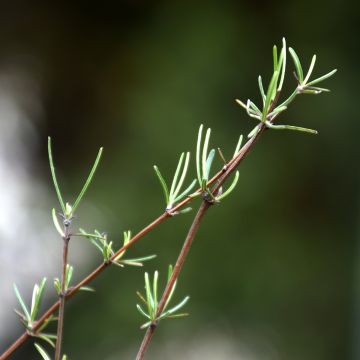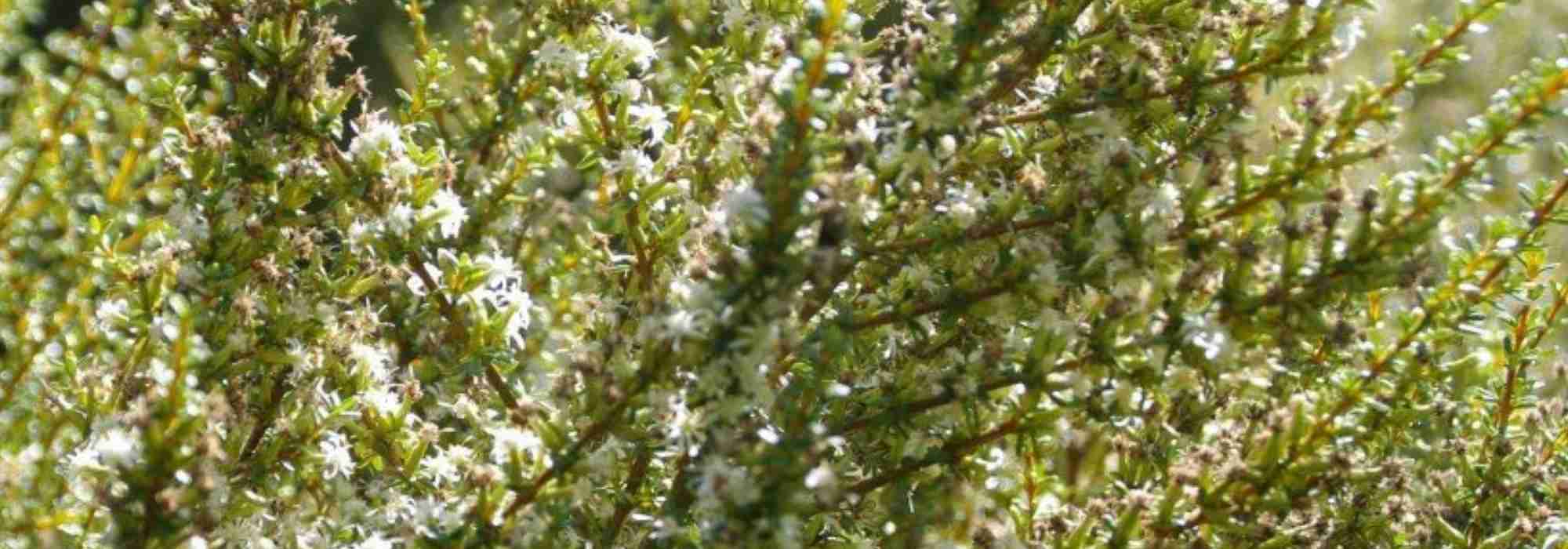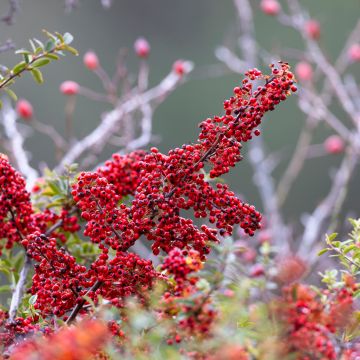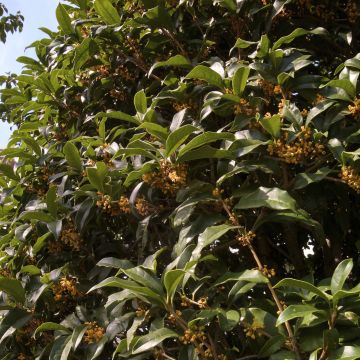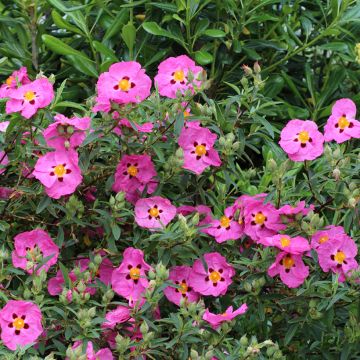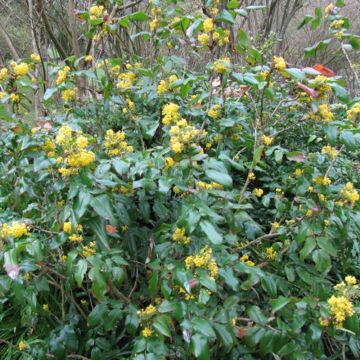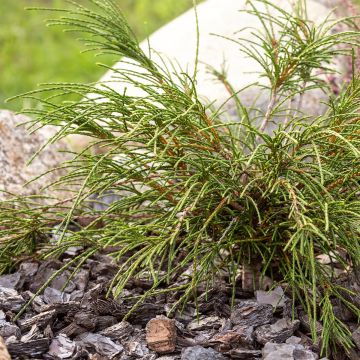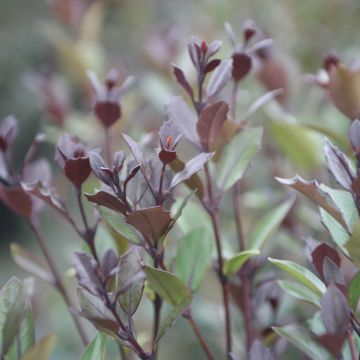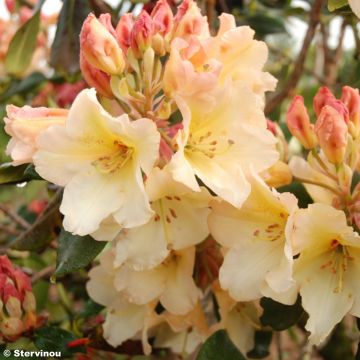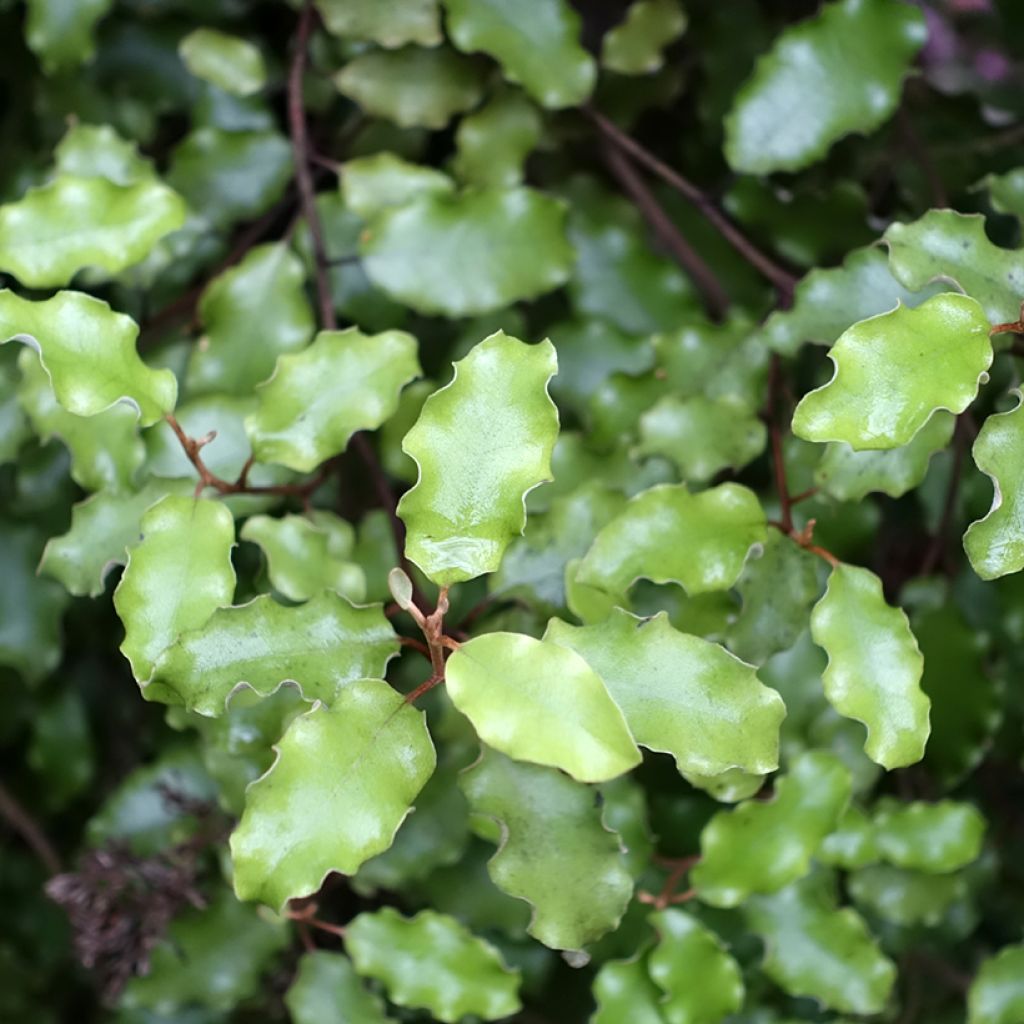

Olearia paniculata - Aster en arbre
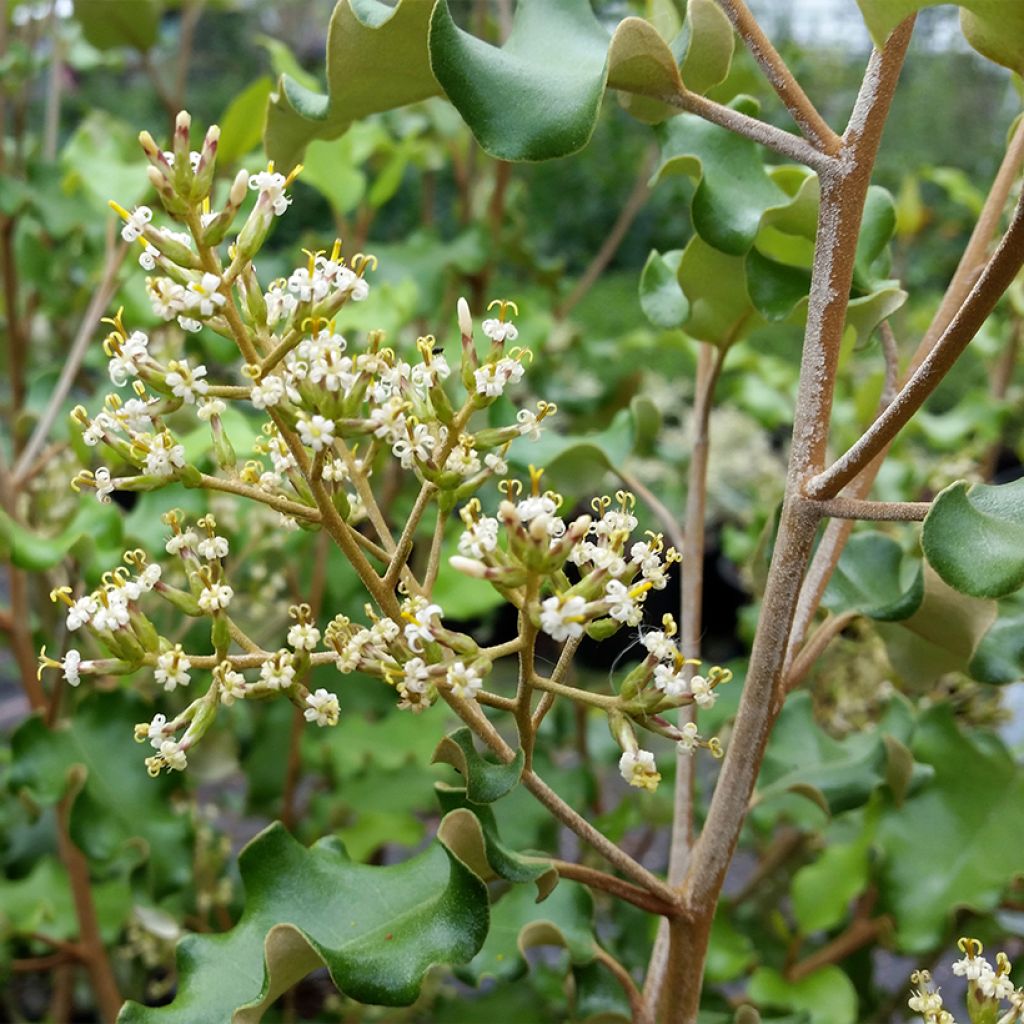

Olearia paniculata - Aster en arbre
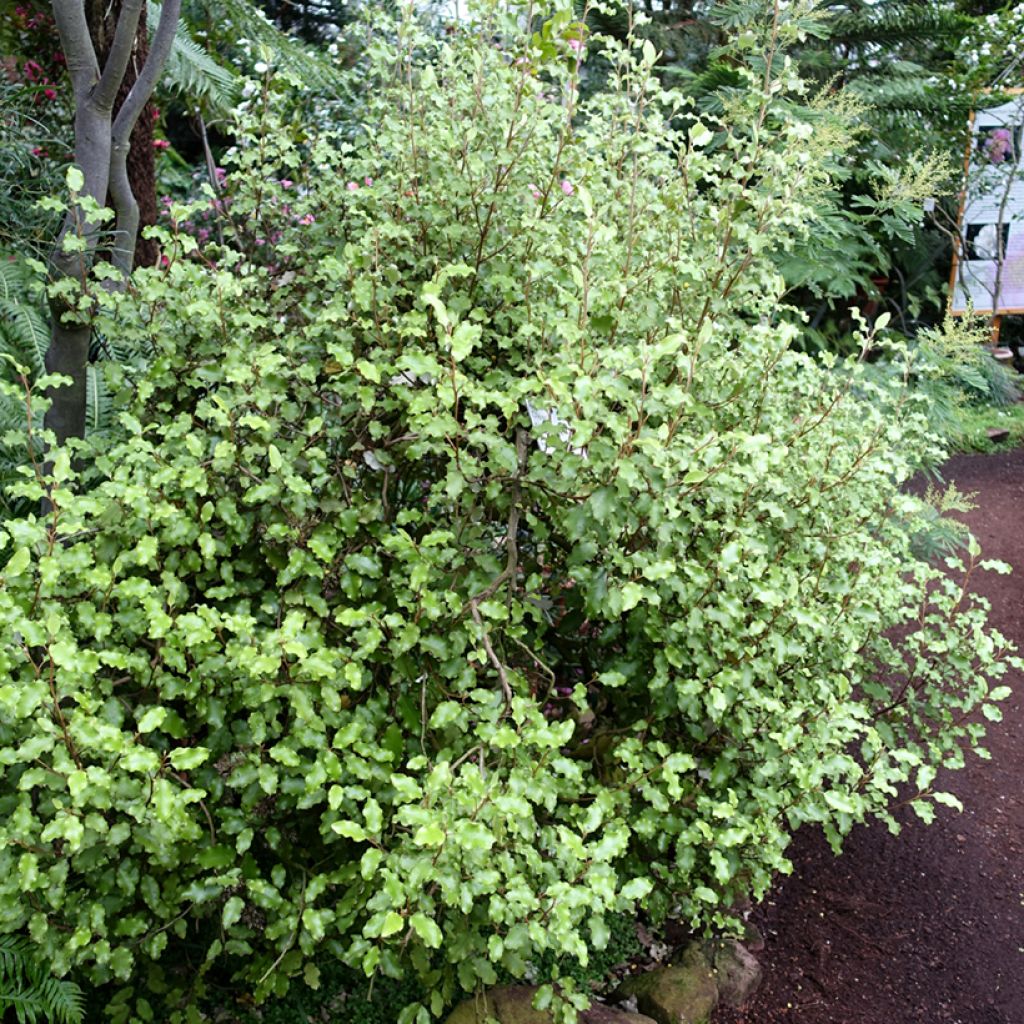

Olearia paniculata - Aster en arbre
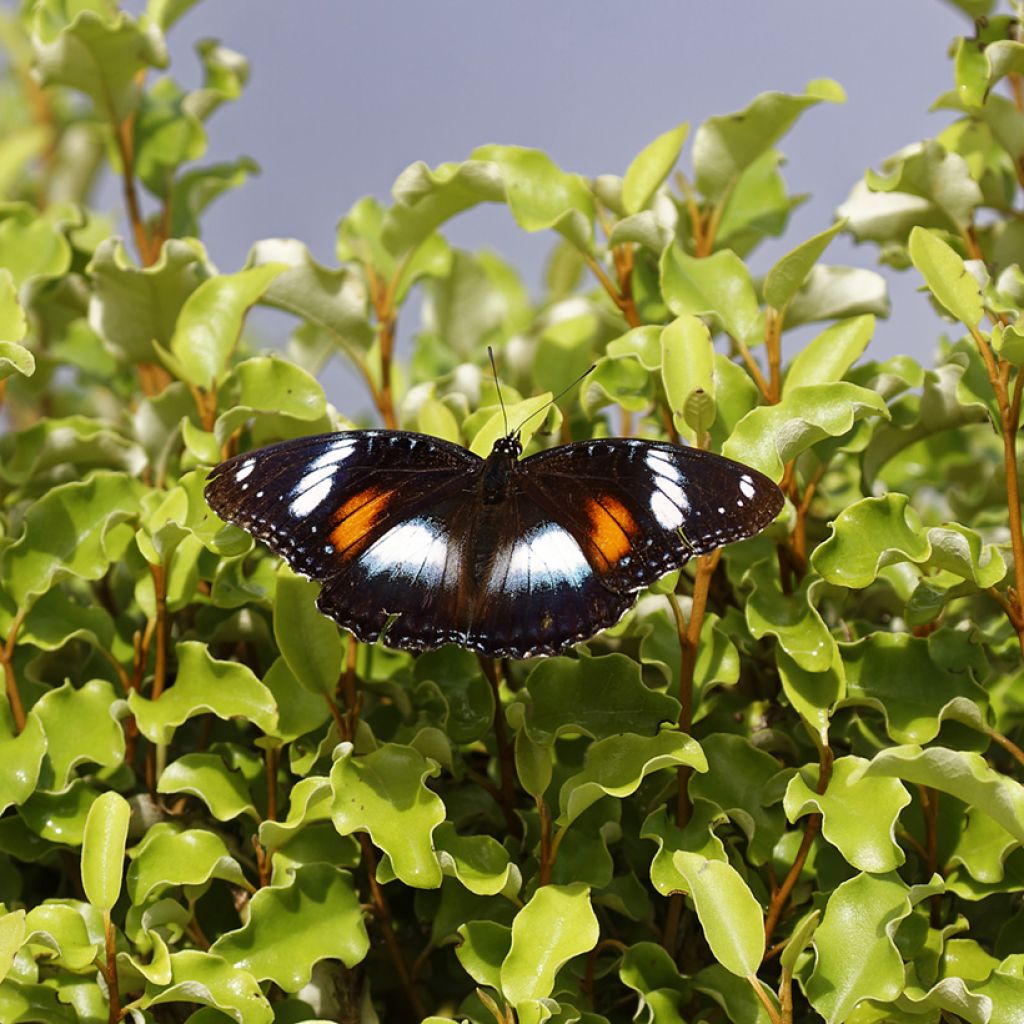

Olearia paniculata - Aster en arbre
Olearia paniculata
Olearia paniculata
Akiraho
Special offer!
Receive a €20 voucher for any order over €90 (excluding delivery costs, credit notes, and plastic-free options)!
1- Add your favorite plants to your cart.
2- Once you have reached €90, confirm your order (you can even choose the delivery date!).
3- As soon as your order is shipped, you will receive an email containing your voucher code, valid for 3 months (90 days).
Your voucher is unique and can only be used once, for any order with a minimum value of €20, excluding delivery costs.
Can be combined with other current offers, non-divisible and non-refundable.
Why not try an alternative variety in stock?
View all →This plant carries a 24 months recovery warranty
More information
We guarantee the quality of our plants for a full growing cycle, and will replace at our expense any plant that fails to recover under normal climatic and planting conditions.

Would this plant suit my garden?
Set up your Plantfit profile →
Description
The Olearia paniculata, also known as tree aster due to its tiny star-shaped flowers, is a beautiful evergreen bush from mild climates appreciated for its vigor, its beautifully undulate olive green foliage, and its pleasantly fragrant flowering in late autumn. Not very hardy but resistant to salt spray and not demanding in terms of soil type, it is a perfect choice for coastal areas, both on the Atlantic and Mediterranean coasts. An excellent hedging plant, it also stands out when planted in contrast to shrubs with dark foliage.
The Olearia paniculata is a beautiful shrub reaching 2 to 3 m (7 to 10ft) in height and 1.50 m (5ft) in width. It is a plant from the Asteraceae family native to both the North and South Islands of New Zealand, and the East of Greymouth Cape. It is found in the wild in coastal areas, mountain scrub vegetation, and at the edge of forests. Its branches bear ovate, leathery leaves with highly undulate margins, green-yellow on the upper side and white to buff on the underside. Each leaf measures 4 to 7.5 cm (2 to 3in) long and 1.6 to 3 cm (1in) wide. Flowering takes place in October-November depending on the climate. The very small, highly fragrant flowers, reminiscent of white daisies with yellow hearts, are gathered in sparsely paniculate clusters at the ends of the branches. The fruit is an achene that will be dispersed by the wind, not very aesthetic, will benefit from light pruning to remove it.
Hardy to approximately -8/-9 °C, the Olearia paniculata can be used in a medium-sized hedge perfect for coastal areas. It will work well when planted in combination with other evergreen shrubs such as bushy ceanothus ('Concha', 'Puget Blue', 'Skylark'), Elaeagnus, Leptospermum, Grevillea, or even red-flowering callistemons (Callistemon citrinus 'Splendens'). For gardeners in more continental climates, it remains a beautiful conservatory plant. In a greenhouse or conservatory, it will combine well with an orange tree, a myrtle, a Tibouchina, or a mimosa to create an extremely decorative quartet, evoking landscapes with exotic charm and scents. Its combination with a Tuxedo Ceanothus, with dark foliage, is particularly successful.
Olearia paniculata in pictures
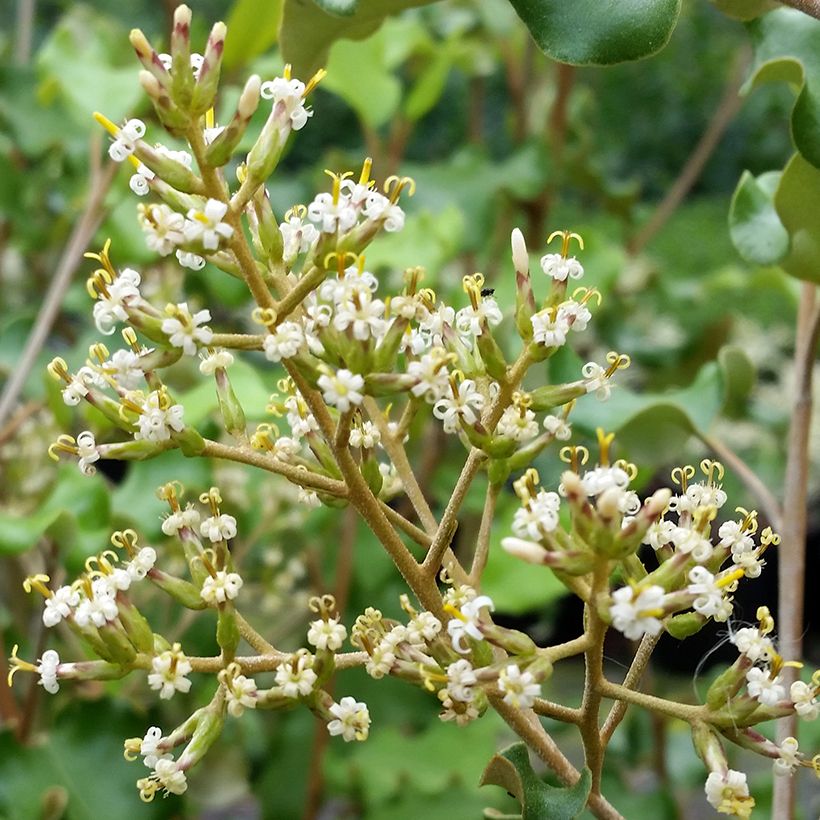

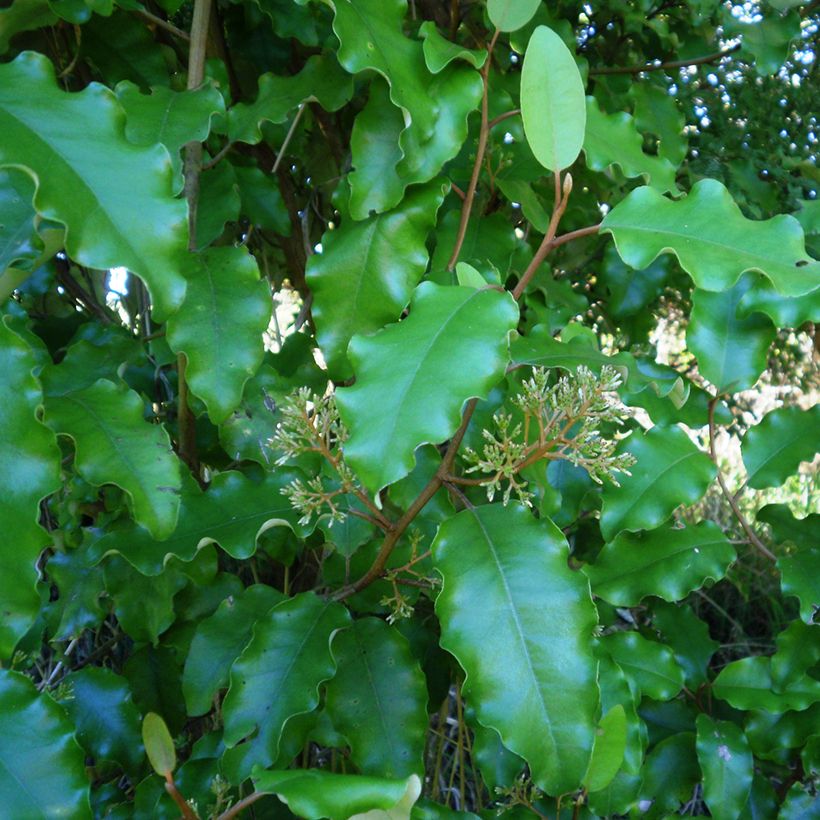

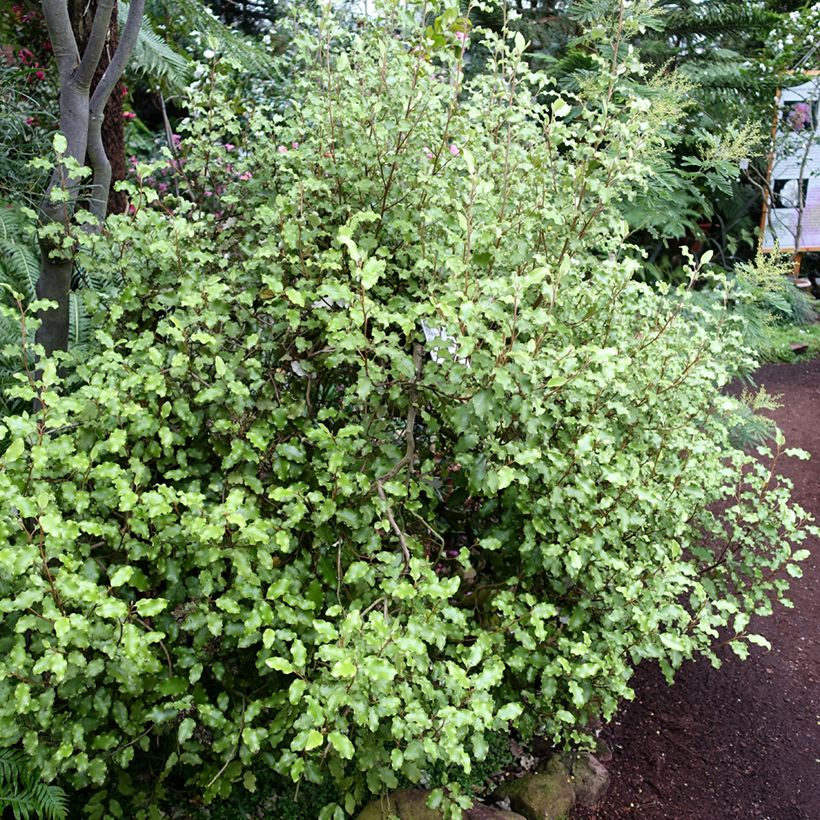

Plant habit
Flowering
Foliage
Botanical data
Olearia
paniculata
Asteraceae
Akiraho
Oceania
Other Olearia
View all →Planting and care
Olearia paniculata will thrive in a light, well-drained, moist to dry soil in summer. A loose soil, whether humus-rich, slightly rocky or sandy, slightly acidic, neutral or even slightly chalky will do. It tolerates sea spray very well. Plant it after the last frosts in colder regions, and in September-October in warmer climates. It will flourish in full sun or partial shade. Hardy down to -8 or -9°C (17.6 or 15.8°F), it will need insulating with a winter cover in cold regions. Place it in the warmest corner of the garden, in full sun against a south-facing wall (except on the Mediterranean coast). However, in colder regions it will be essential to grow it in a large pot for winter storage, in a bright but unheated room. To shape it, you can prune the stems (lightly) in March-April to encourage branching. Prune lightly after flowering, as the gray-brown fruits are not aesthetically pleasing.
Cultivation in pots: Provide good drainage at the bottom of the pot. Use a lightweight substrate, enriched with leaf compost, and apply a slow-release fertilizer in late winter and autumn. Water generously in summer, allowing the soil to dry out slightly between waterings.
Planting period
Intended location
Care
Planting & care advice
This item has not been reviewed yet - be the first to leave a review about it.
Similar products
Haven't found what you were looking for?
Hardiness is the lowest winter temperature a plant can endure without suffering serious damage or even dying. However, hardiness is affected by location (a sheltered area, such as a patio), protection (winter cover) and soil type (hardiness is improved by well-drained soil).

Photo Sharing Terms & Conditions
In order to encourage gardeners to interact and share their experiences, Promesse de fleurs offers various media enabling content to be uploaded onto its Site - in particular via the ‘Photo sharing’ module.
The User agrees to refrain from:
- Posting any content that is illegal, prejudicial, insulting, racist, inciteful to hatred, revisionist, contrary to public decency, that infringes on privacy or on the privacy rights of third parties, in particular the publicity rights of persons and goods, intellectual property rights, or the right to privacy.
- Submitting content on behalf of a third party;
- Impersonate the identity of a third party and/or publish any personal information about a third party;
In general, the User undertakes to refrain from any unethical behaviour.
All Content (in particular text, comments, files, images, photos, videos, creative works, etc.), which may be subject to property or intellectual property rights, image or other private rights, shall remain the property of the User, subject to the limited rights granted by the terms of the licence granted by Promesse de fleurs as stated below. Users are at liberty to publish or not to publish such Content on the Site, notably via the ‘Photo Sharing’ facility, and accept that this Content shall be made public and freely accessible, notably on the Internet.
Users further acknowledge, undertake to have ,and guarantee that they hold all necessary rights and permissions to publish such material on the Site, in particular with regard to the legislation in force pertaining to any privacy, property, intellectual property, image, or contractual rights, or rights of any other nature. By publishing such Content on the Site, Users acknowledge accepting full liability as publishers of the Content within the meaning of the law, and grant Promesse de fleurs, free of charge, an inclusive, worldwide licence for the said Content for the entire duration of its publication, including all reproduction, representation, up/downloading, displaying, performing, transmission, and storage rights.
Users also grant permission for their name to be linked to the Content and accept that this link may not always be made available.
By engaging in posting material, Users consent to their Content becoming automatically accessible on the Internet, in particular on other sites and/or blogs and/or web pages of the Promesse de fleurs site, including in particular social pages and the Promesse de fleurs catalogue.
Users may secure the removal of entrusted content free of charge by issuing a simple request via our contact form.
The flowering period indicated on our website applies to countries and regions located in USDA zone 8 (France, the United Kingdom, Ireland, the Netherlands, etc.)
It will vary according to where you live:
- In zones 9 to 10 (Italy, Spain, Greece, etc.), flowering will occur about 2 to 4 weeks earlier.
- In zones 6 to 7 (Germany, Poland, Slovenia, and lower mountainous regions), flowering will be delayed by 2 to 3 weeks.
- In zone 5 (Central Europe, Scandinavia), blooming will be delayed by 3 to 5 weeks.
In temperate climates, pruning of spring-flowering shrubs (forsythia, spireas, etc.) should be done just after flowering.
Pruning of summer-flowering shrubs (Indian Lilac, Perovskia, etc.) can be done in winter or spring.
In cold regions as well as with frost-sensitive plants, avoid pruning too early when severe frosts may still occur.
The planting period indicated on our website applies to countries and regions located in USDA zone 8 (France, United Kingdom, Ireland, Netherlands).
It will vary according to where you live:
- In Mediterranean zones (Marseille, Madrid, Milan, etc.), autumn and winter are the best planting periods.
- In continental zones (Strasbourg, Munich, Vienna, etc.), delay planting by 2 to 3 weeks in spring and bring it forward by 2 to 4 weeks in autumn.
- In mountainous regions (the Alps, Pyrenees, Carpathians, etc.), it is best to plant in late spring (May-June) or late summer (August-September).
The harvesting period indicated on our website applies to countries and regions in USDA zone 8 (France, England, Ireland, the Netherlands).
In colder areas (Scandinavia, Poland, Austria...) fruit and vegetable harvests are likely to be delayed by 3-4 weeks.
In warmer areas (Italy, Spain, Greece, etc.), harvesting will probably take place earlier, depending on weather conditions.
The sowing periods indicated on our website apply to countries and regions within USDA Zone 8 (France, UK, Ireland, Netherlands).
In colder areas (Scandinavia, Poland, Austria...), delay any outdoor sowing by 3-4 weeks, or sow under glass.
In warmer climes (Italy, Spain, Greece, etc.), bring outdoor sowing forward by a few weeks.






























